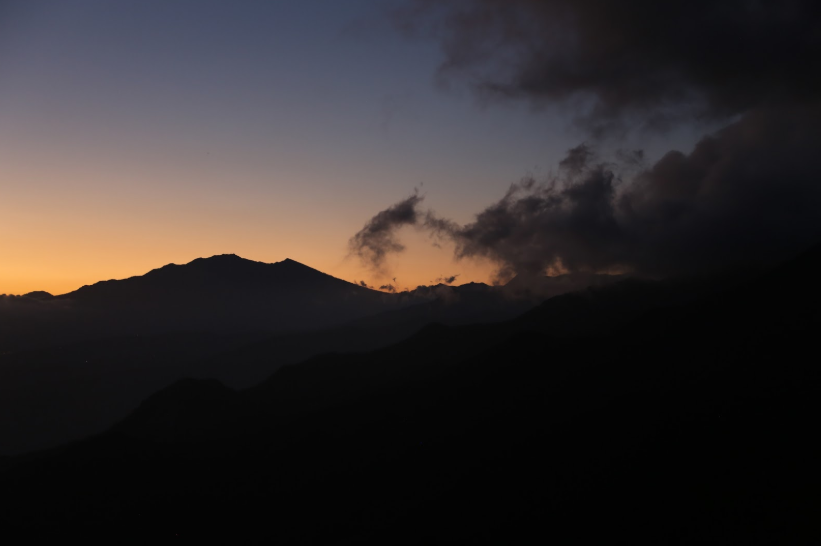Panama boasts a vibrant tapestry of music and dance that reflects its diverse cultural heritage. Influenced by Indigenous, African, and Spanish traditions, the country’s music is a fusion of rhythms, melodies, and styles that capture the spirit of its people. From the lively beats of traditional folk music to the contemporary sounds of urban genres, Panama's musical landscape is both dynamic and varied.
One of the most iconic forms of music in Panama is tipico, a genre rooted in the rural communities of the country. Characterized by the use of instruments such as the accordion, caja (a hand drum), and guacharaca (a percussion instrument), tipico music is often accompanied by lively dance. The energetic rhythms inspire traditional dances that are performed during festivals and social gatherings, showcasing the cultural pride of Panamanian communities. Another popular genre is salsa, which has gained immense popularity in urban areas, particularly in Panama City. This genre combines elements of Afro-Caribbean music with jazz influences, and its infectious rhythms make it a staple in dance clubs and social events.
Cumbia is another essential genre in Panamanian music, with roots that trace back to African and Indigenous influences. The upbeat tempo and distinctive use of drums make cumbia music perfect for dancing. Cumbia has evolved over the years, and today it incorporates various styles, including modern electronic influences. During celebrations and parades, cumbia bands often lead the way, inviting everyone to join in the festivities. The accompanying dance is equally lively, allowing for improvisation and personal expression.
Dance in Panama is not only a form of entertainment but also a cultural expression that varies by region and occasion. Traditional dances, such as the pollera, showcase elaborate costumes and intricate choreography that tell stories of the nation's history. Festivals like the Carnaval in Las Tablas highlight the energetic performances of various dance styles, drawing participants and spectators from across the country. Whether it’s the spontaneous dance of street performers or the structured performances at cultural events, the music and dance of Panama serve as a vibrant celebration of its rich cultural heritage, inviting everyone to participate in its rhythmic legacy.

